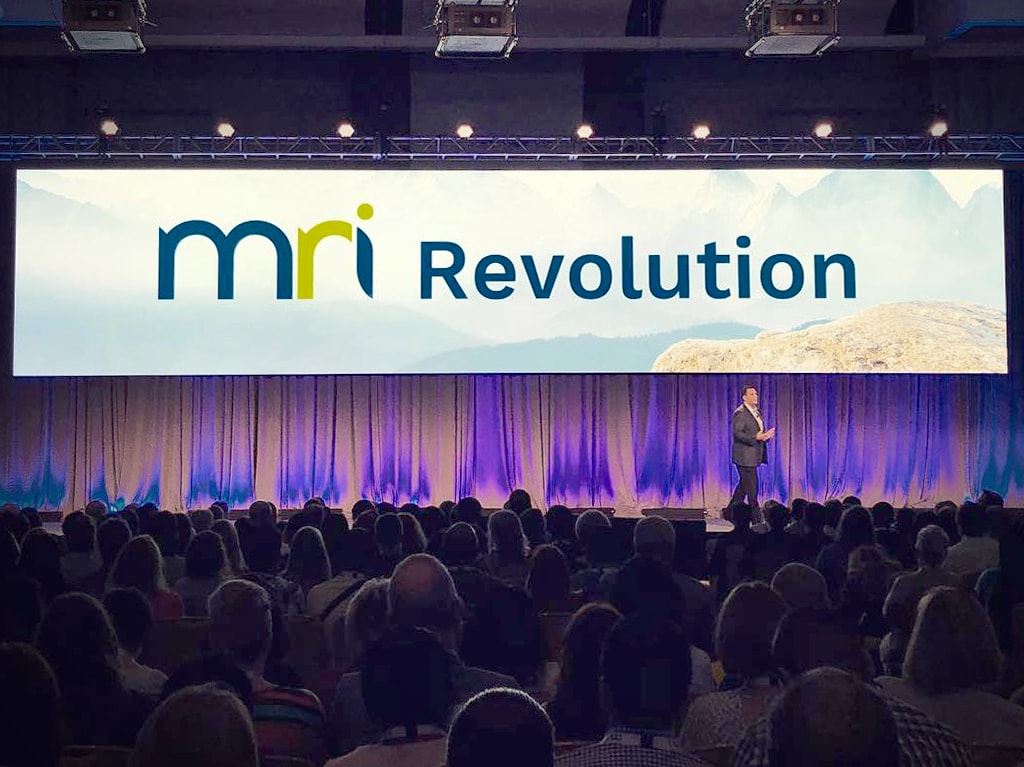We had a great time in Atlanta at the 2018 International Users Conference! MRI users got a closer look at the software we develop to help their organizations, and we got to learn more about some of the challenges they face.
Just as it is every year, there was a lot of information covered at the IUC, including some of the most recent MRI news and updates! For those unable to make it to the conference, we’ve compiled some of the announcements and highlights from the event. Also, be sure to check out this Whiteboard Wednesday for a video recap of the IUC!
Announcing a new Debt Management solution
During the General Session on the first full day of the conference, we announced our latest real estate solution, MRI Debt Management. Built on Platform X, MRI Debt Management increases operational efficiency and reduces the risks of bad data by moving debt management accounting into a tool that is fully integrated with MRI General Ledger. Debt Management aggregates all debt information including loans and their terms, abstract and contractual information and lenders, regardless of whether debt is a liability or an asset.

2018 MRI Innovation Award winners
The inaugural MRI Innovation Awards were a great success with all the pomp and circumstance our users have come to expect from IUC. We’d like to extend special congratulations to the winners of the first ever MRI Innovation Awards!
- Impact: Phillips Edison & Company (PECO)
- Flexibility: CBRE Group
- Ambassador of the Year: Mirriam Livingstone, Village Green
- Partner of the Year: VTS
These well-deserved winners are all MRI clients that showcased extraordinary partnership with or use cases leveraging MRI and its powerful, open and connected software. Pat Ghilani had this to say about the winners: “These four award winners, in particular, stood out in our eyes the past year. Not only are they leveraging our solutions to the fullest extent, even at times beyond what we imagined possible at this point, but they’re fully engaged as partners and true MRI evangelists.”
Expanding affordable housing – Welcome IPM Software!
The MRI family is proud to welcome our latest addition from the affordable housing sector: IPM Software, a provider of property management, accounting and compliance solutions for the affordable housing industry.
IPM brings deep affordable housing expertise and market share, furthering MRI’s continued scale and growth in a key market. Headquartered in Texas, IPM Software serves hundreds of clients with its affordable housing property management and contract administrator solutions.
The affordable housing market is actively seeking innovation, and together, MRI and IPM Software are answering the call. Combining IPM’s experience and knowledge with MRI’s well-established real estate software capabilities positions us to match the needs of an ever-changing market at scale with continued innovation. This acquisition reflects a bright future for MRI, IPM and affordable housing owners and managers.
Until next time…
We wave goodbye to this year’s North American MRI International Users Conference excited about all the things we’ve learned and looking forward to what the future holds. It gets better and better every year, so mark your calendars for October 13-16, 2019 in Anaheim, California!